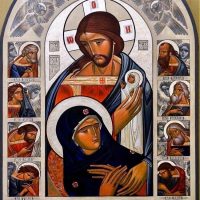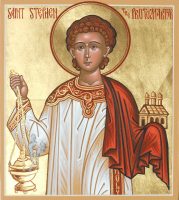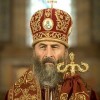There is at least one icon from Mt. Sinai that even people far from the Church know: the famous Christ Pantocrator, one of the most ancient iconographic depictions of Christ, painted in Constantinople in the mid-sixth century and given to the monastery at Mt. Sinai.
What is generally representative of icons from Mt. Sinai?
The art scholar Galina Kolpakova, in one of her books, notes: “In the icons of Sinai there is no canonicity, no dependence on examples. And this is not only because there were no examples. Their spontaneity and individuality came as the result of a sort of clairvoyance; they are witnesses to a strong and living faith that could not be translated onto the plane of a calculated system.”
We offer a few examples of icons from Mt. Sinai for your attention.
Compiled from open sources.
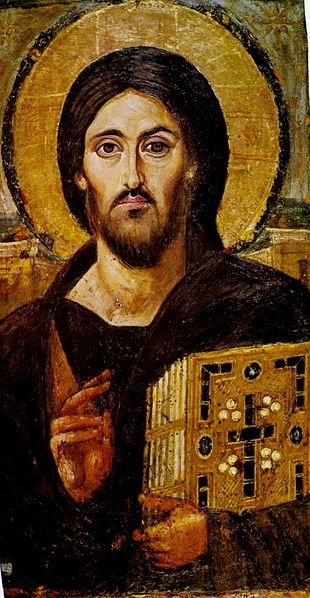
Christ Pantocrator. Encaustic icon from the mid-sixth century
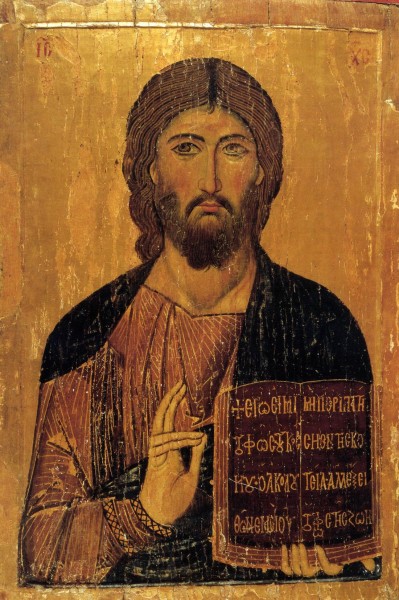
Christ Pantocrator
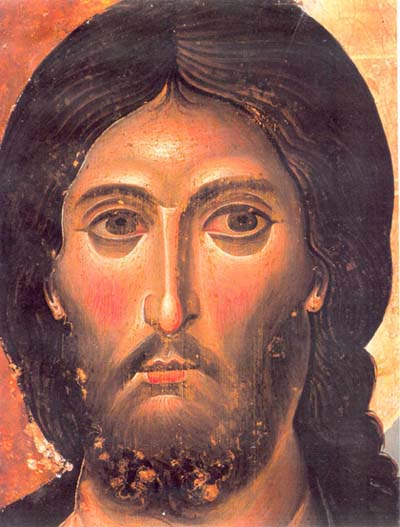
Christ Pantocrator. Thirteenth century
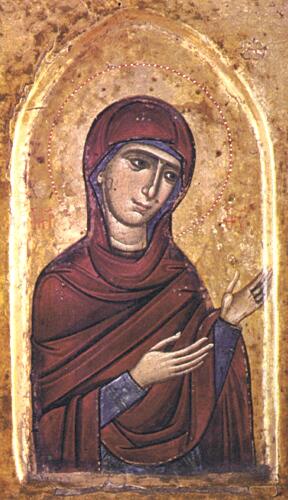
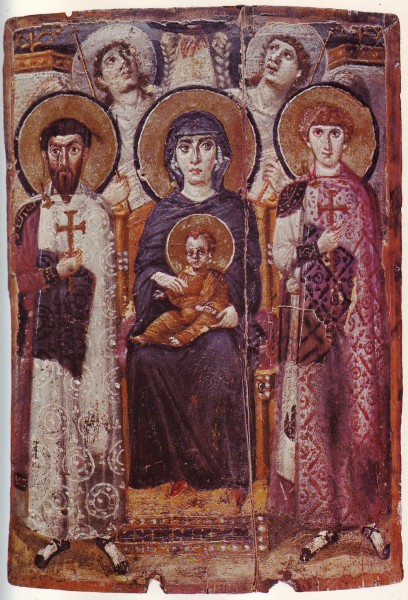
The Theotokos between Sts. Theodore and George. Sixth century. (There is an interesting visual parallel with the icon of the Ascension: two angels gazing at heaven, but in place of the apostles two of the most famous warrior saints of the East; it is evidentially an icon turned to in prayer during the many raids and sieges of the monastery by Muslims.)
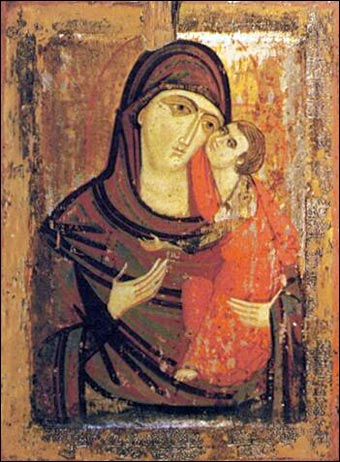
Icons of Mt. Sinai. The Theotokos with Child
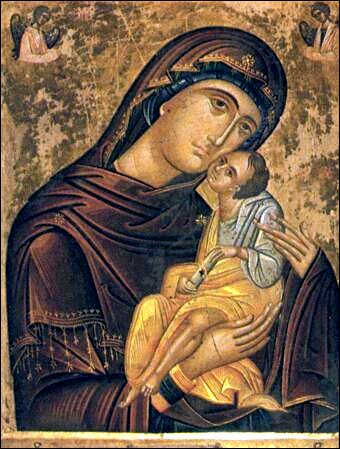
Icons of Mt. Sinai. The Theotokos with Child
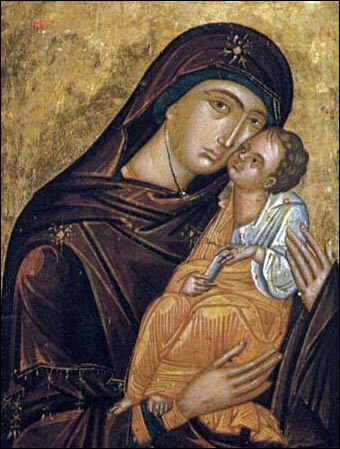
Icons of Mt. Sinai. The Theotokos with Child
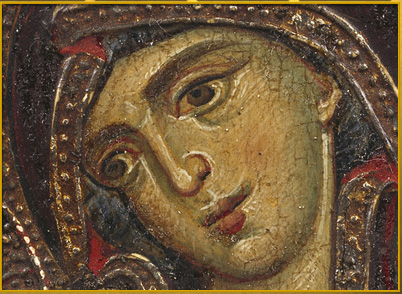
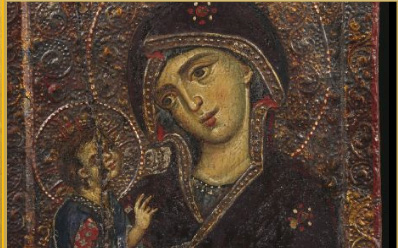
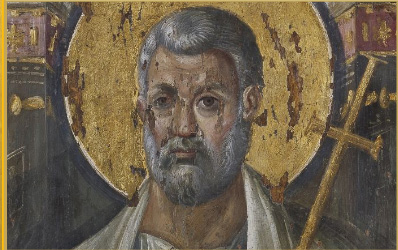
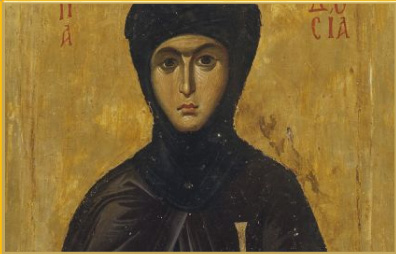
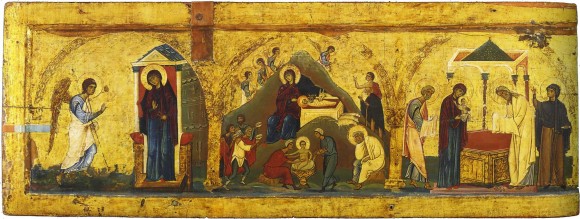
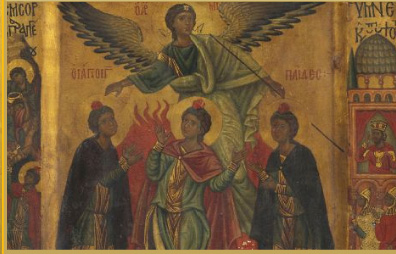
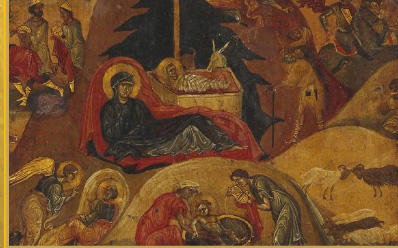
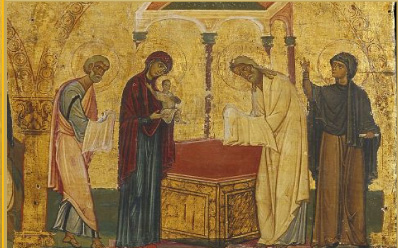
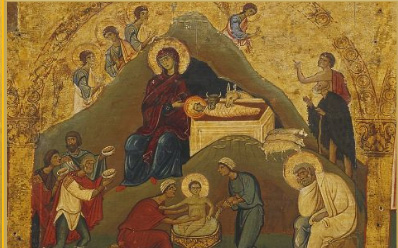

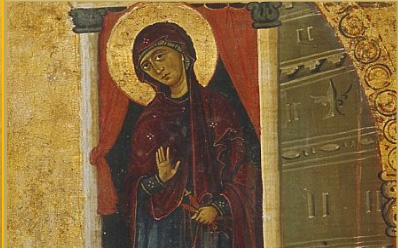
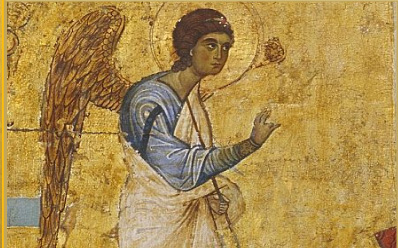




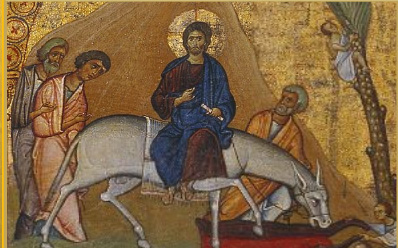
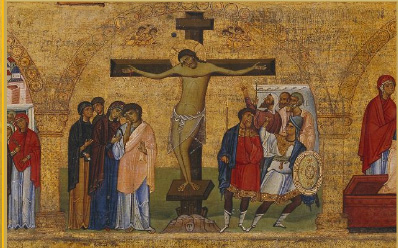
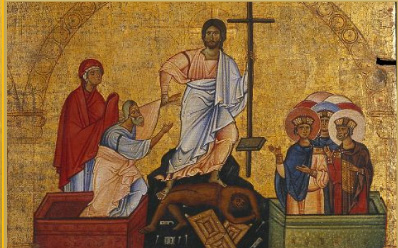
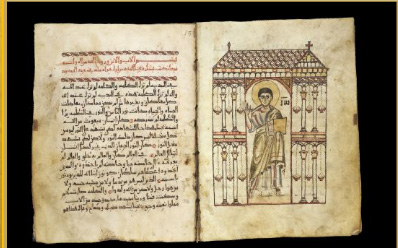
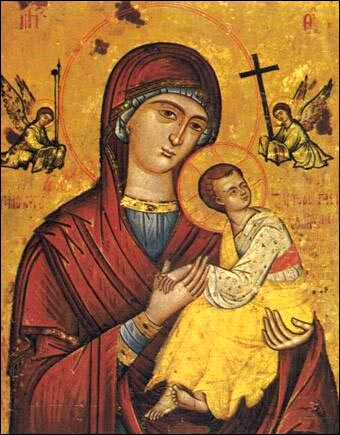
The Theotokos with instruments of the Passion. Sixteenth century
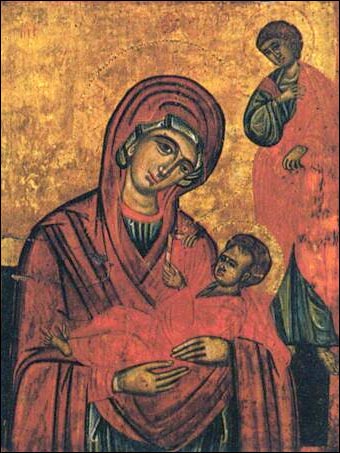
The Theotokos with John the Theologian. Seventeenth century
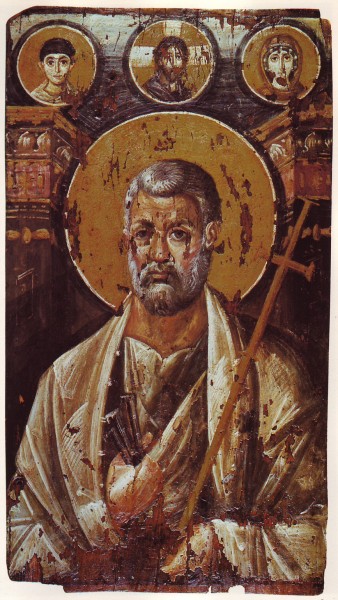
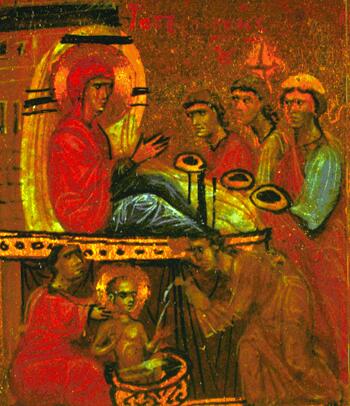
The Apostle Peter. Seventh century
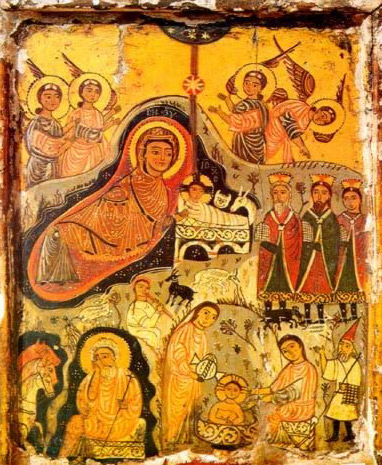
The Nativity. Seventh century
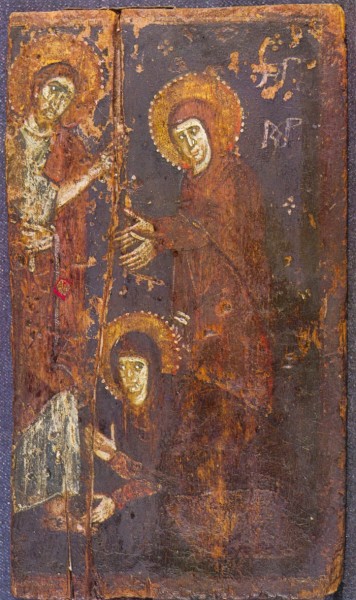
Christ’s appearance to Mary Magdalene. Seventh century
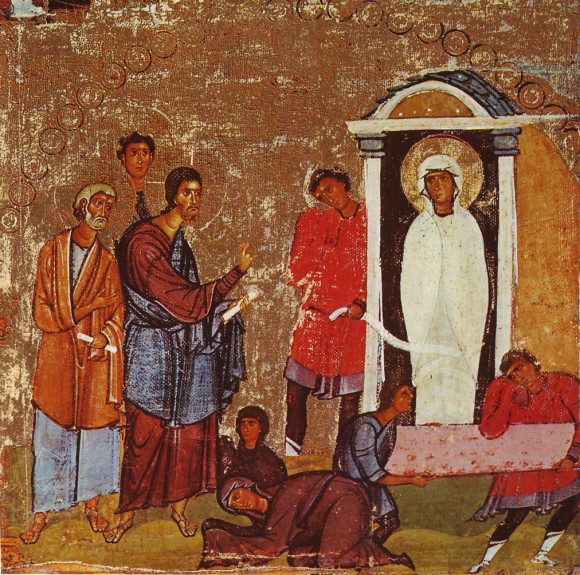
The raising of Lazarus. Twelfth century
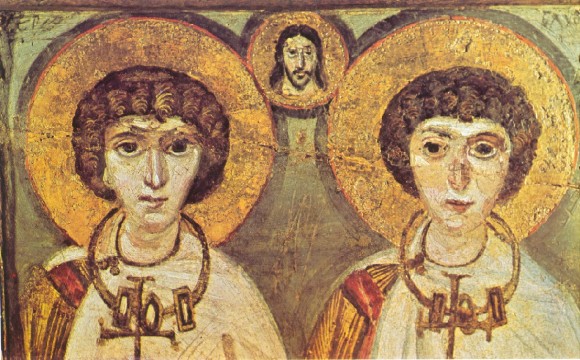
Icon of the Holy Martyrs Sergius and Bacchus of Antioch
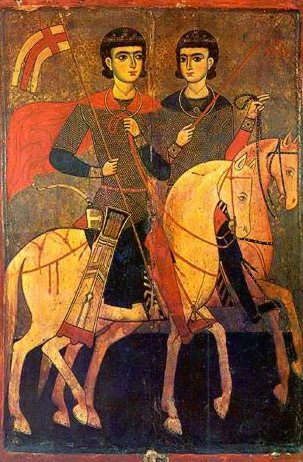
Martyrs Sergius and Bacchus of Antioch. Thirteenth century
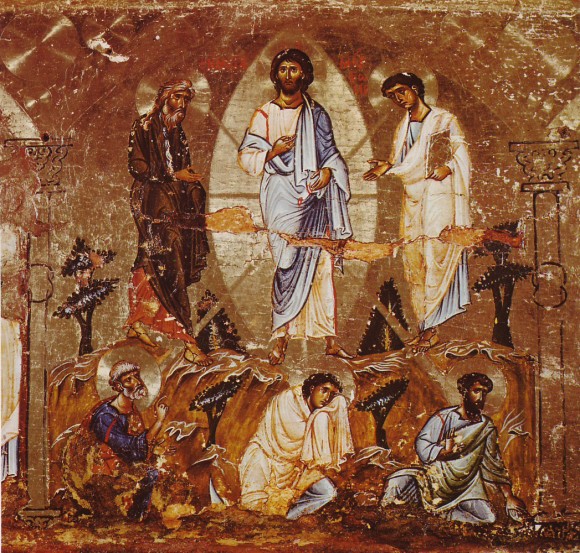
The Transfiguration. Twelfth century
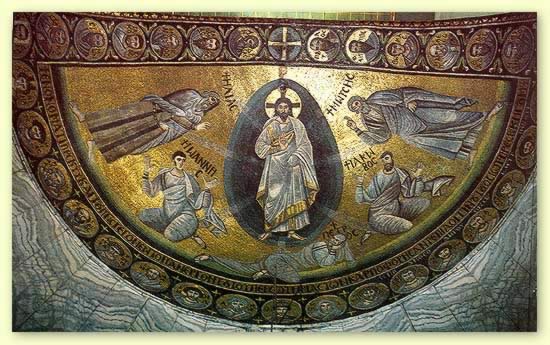
Mosaic of the Transfiguration
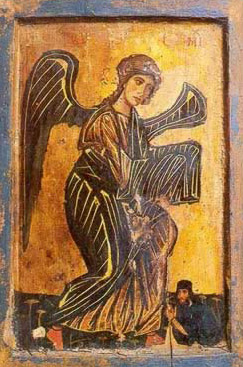
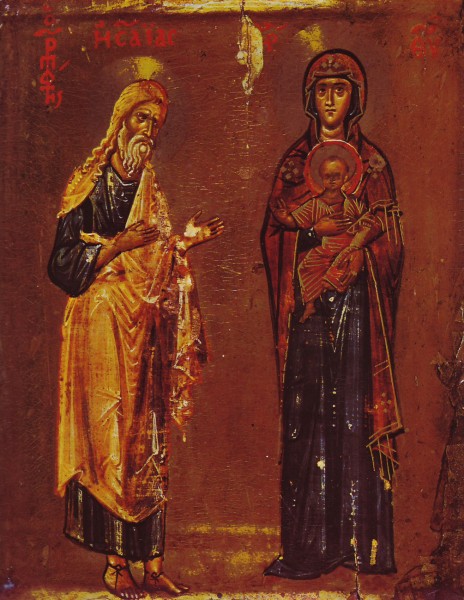
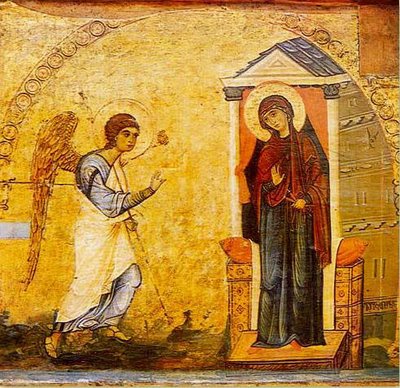
The Annunciation. Twelfth century
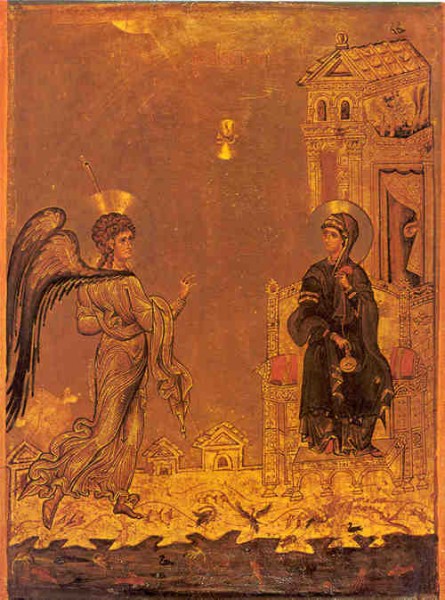
The Annunciation. Twelfth century
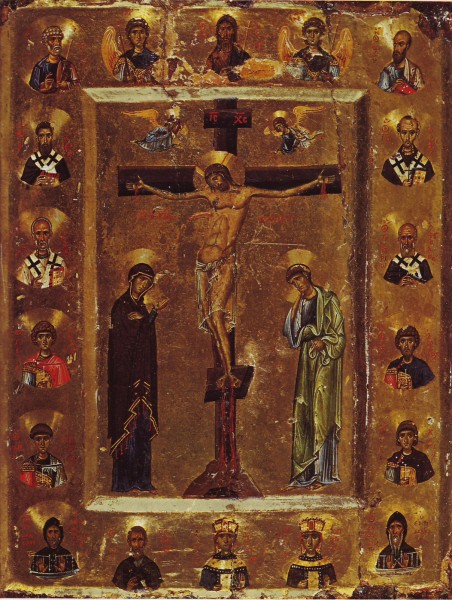
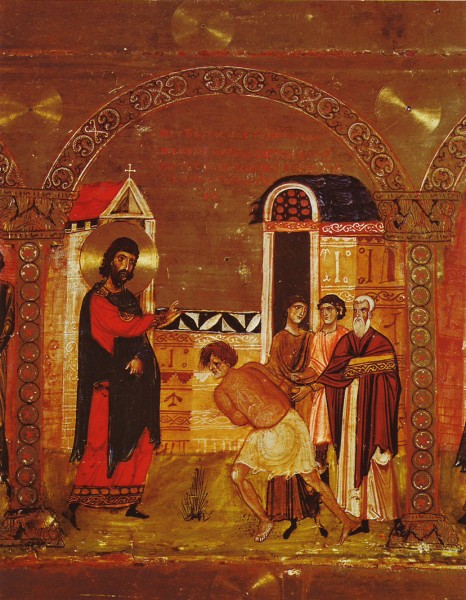
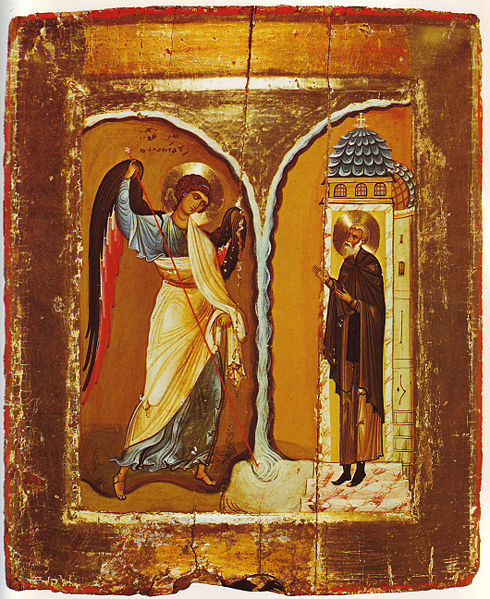
The Archangel Michael and the monk Archippos. Twelfth century
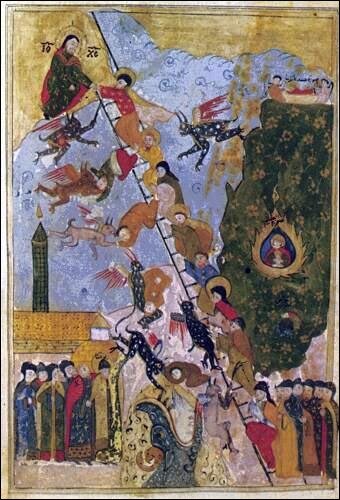
The Ladder of John of Sinai. 1612. This shows the influence of Arabic miniatures
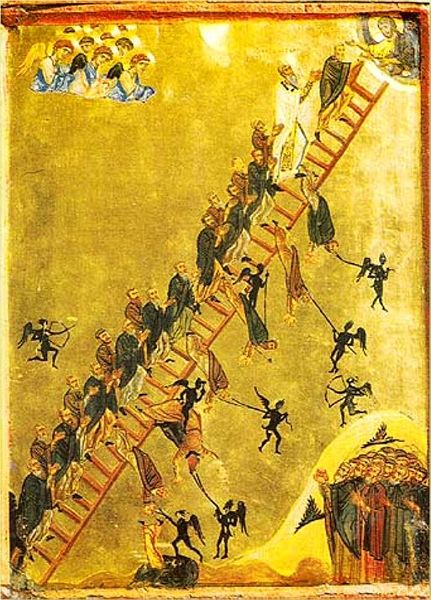
Twelfth century
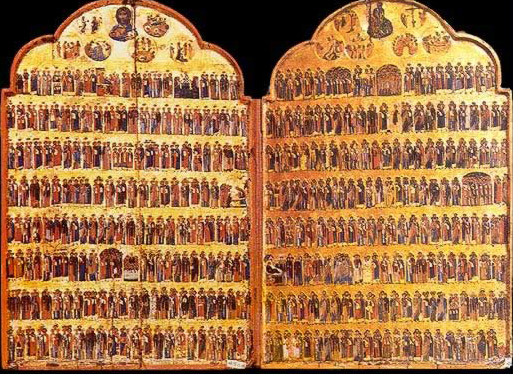
Thirteenth century
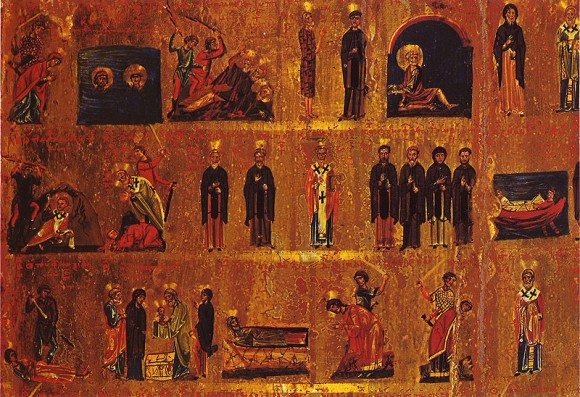
Fragment of an icon on which saints whose memories are celebrated in January and February are depicted
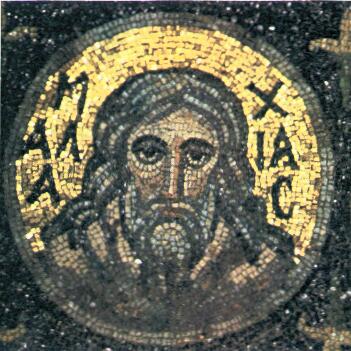
The Prophet Malachi. Sixth century
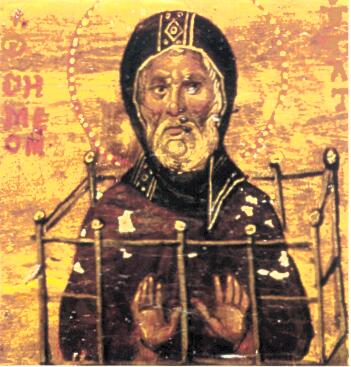
St. Symeon the Stylite. Thirteenth century
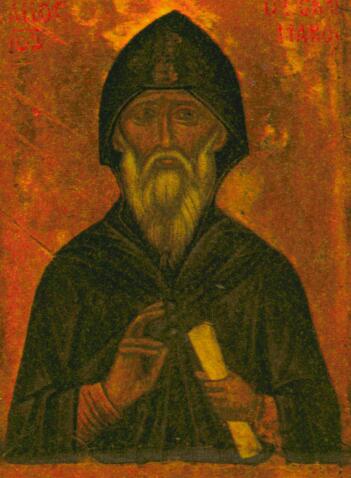
St. John of Sinai (of the Ladder). Fifteenth century
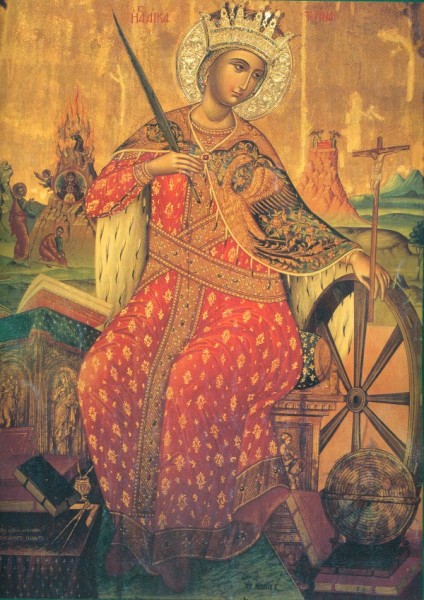
The Great-Martyr Catherine. Sixteenth century
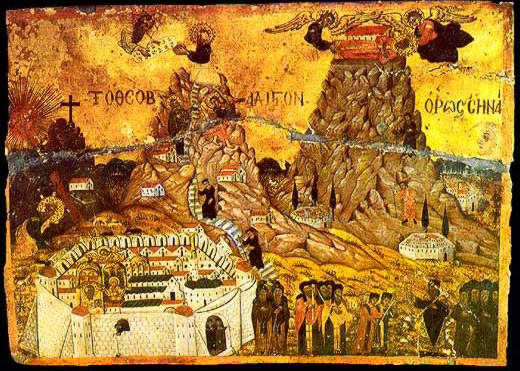
Mt. Sinai. Seventeenth century























































